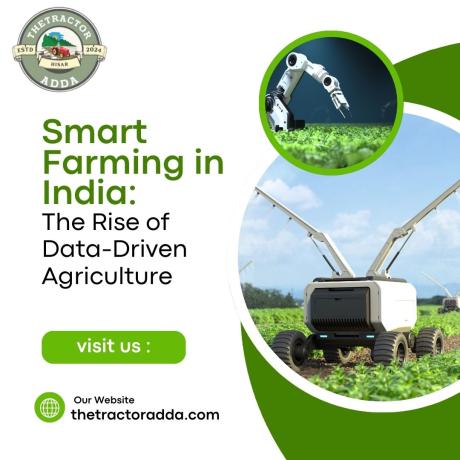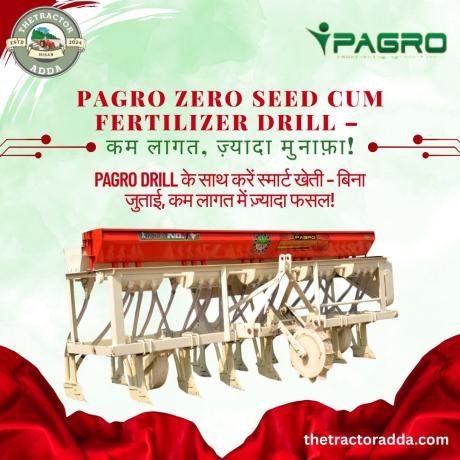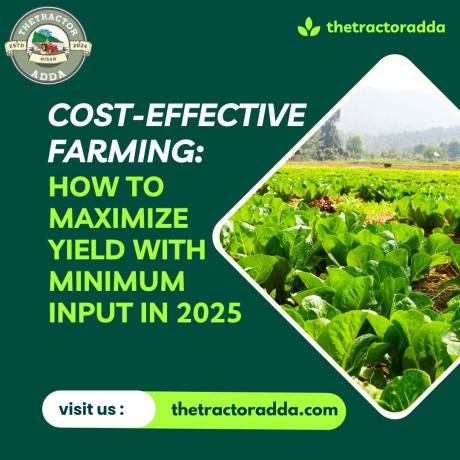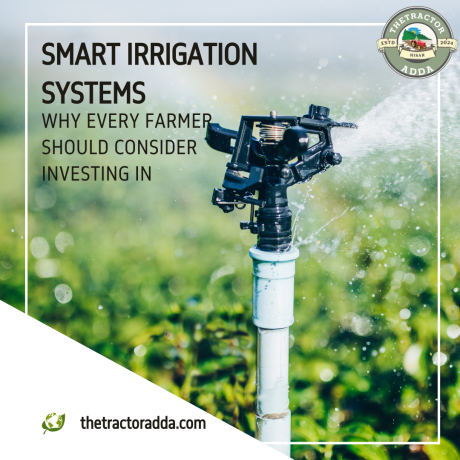Smart Farming in India: The Rise of Data-Driven Agriculture

Blog Description
Gone are the days when farming relied solely on instinct and experience. Today, Indian farmers are turning to data, devices, and digital tools to grow smarter—not just bigger. This new approach is called smart farming, and it's transforming how we grow food across the country.
Let’s explore what smart farming really means, why it’s crucial for India, and how it’s making farming more efficient, sustainable, and profitable.
???? What is Smart Farming?
Smart farming refers to using technology, data, and automation to optimize agricultural processes. It includes everything from:
- Soil and crop sensors
- GPS-enabled tractors and drones
- IoT devices for real-time data
- AI-based decision-making tools
- Weather-based irrigation systems
In short, it’s about farming with brains—not just brawn.
???? How Does Data-Driven Farming Work?
Imagine this: A farmer checks an app to see real-time soil moisture, gets alerts on weather changes, and receives AI-powered advice on when to sow or spray. That’s data-driven agriculture in action.
Here’s what it typically includes:
- ???? Sensors to measure soil, temperature, and humidity
- ☁️ Cloud platforms to store and analyze farm data
- ???? AI & machine learning to give predictions and advice
- ???? Mobile apps that farmers use for instant guidance
???????? Why India Needs Smart Farming
With challenges like climate change, limited land, water scarcity, and labor shortages, India needs a smarter approach. Smart farming helps:
- Use less water with precision irrigation
- Reduce fertilizer and pesticide waste
- Increase crop yields with better timing and health monitoring
- Empower small farmers through access to affordable tech
????️ Popular Smart Farming Tools in India
Some tools making waves among Indian farmers include:
- KrishiHub – Market and advisory support
- Fasal – IoT-based crop monitoring
- CropIn – Farm data management
- Kisan Suvidha – Government-backed farming app
- Drones – For spraying, surveillance, and crop mapping
- Smart Tractors – With GPS, auto-steering, and data tracking
???? Benefits of Smart Farming
✅ Higher Productivity
✅ Better Decision-Making
✅ Cost Efficiency
✅ Reduced Environmental Impact
✅ Empowerment of Small & Marginal Farmers
✅ Timely Alerts for Pests and Disease Outbreaks
???? Real-Life Example
In Maharashtra, a group of grape farmers used IoT sensors and mobile apps to control irrigation and monitor crop health. The result? They reduced water use by 30% and increased yield by 25%. That’s the power of smart farming!
???? Challenges in Adopting Smart Farming
While the benefits are huge, there are a few speed bumps:
- ❌ Lack of awareness and training
- ???? High initial investment for devices
- ???? Poor internet connectivity in rural areas
- ???????? Limited local support or repair facilities
But the good news? Government schemes and agri-tech startups are working to make it accessible and affordable.



